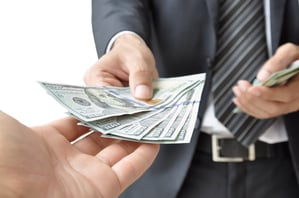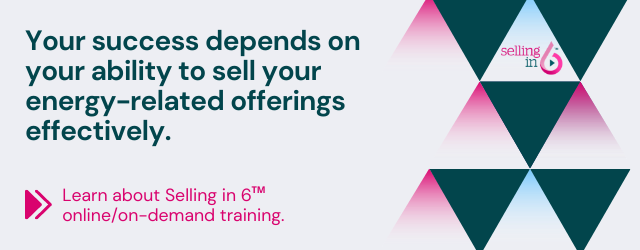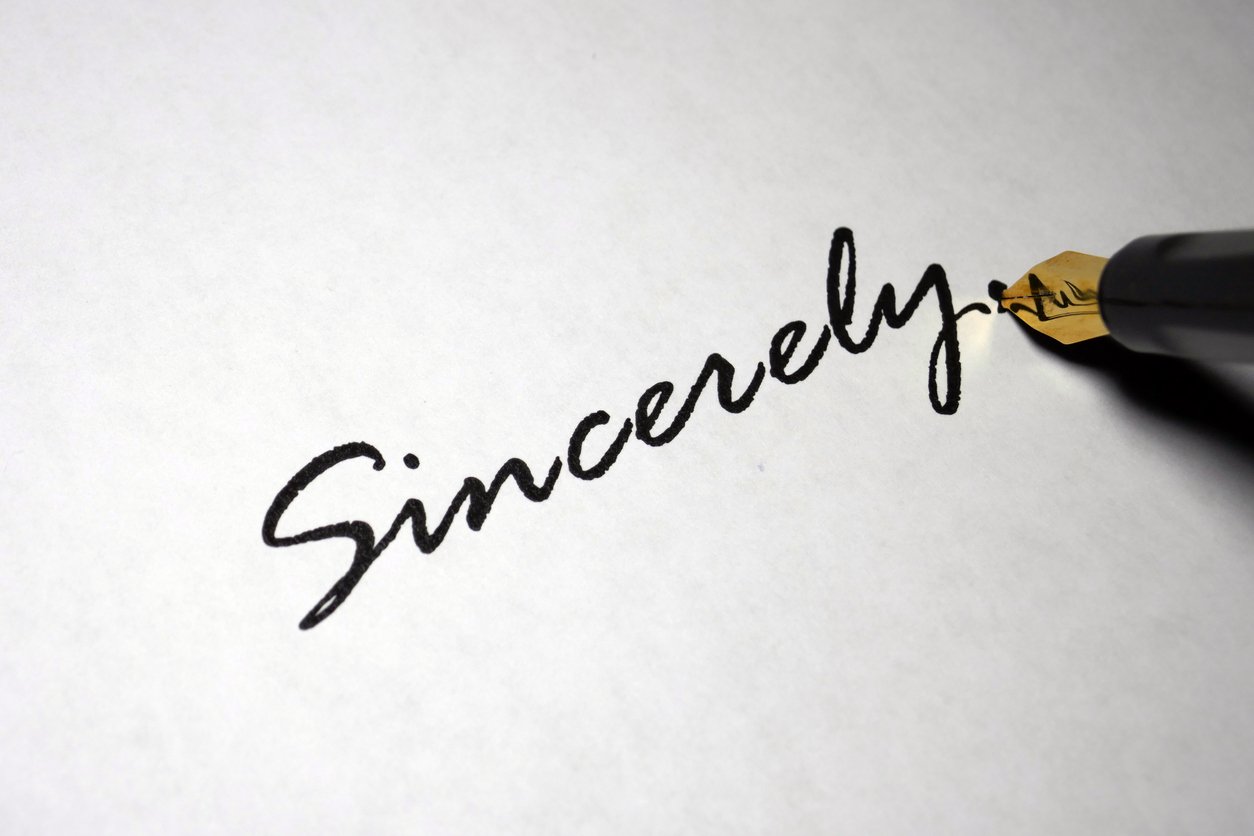There are lots of ways to pay for energy efficiency improvements. You should know not only the various methods of funding, but also how each of these methods affects your prospects so you can help them decide on the most appropriate one for their situation. When doing so, be sure to provide useful info; however, also be sure to disclaim responsibility for giving legal or tax advice. That should be provided by the appropriate legal or accounting professional.
I’ve taken the liberty of breaking these funding methods down into six general categories and filling in my best impression as to what generally happens in each situation. Of course, any specific circumstance may vary greatly...

- Will it appear on the balance sheet?
- Will an initial payment be required?
- Will there be ongoing payments?
- Who will actually own the improvement?
- Who will receive the tax benefits (if there are any)?
- Who will own the performance risk?
Cash Purchase:
- Balance Sheet: It affects the balance sheet because the prospect’s cash balance will go down (and his or her assets in plant and equipment may be significant enough to show an increase on that line item).
- Initial Payment: Your prospect will pay 100% of the cost upfront.
- Additional Payments: None (paid in full initially).
- Ownership: Your prospect paid for it, so he or she claims full ownership.
- Tax Deductions: Depending on the situation, this may include depreciation and/or investment tax credit.
- Performance Risk: This belongs to the prospect. If the improvement doesn’t perform according to plan…better luck next time!
Loan:
- Balance Sheet: It will show up on the balance sheet. In this case, it would show up as a short- or long-term liability (depending on the length of financing).
- Initial Payment:In most cases, there will be an initial down payment.
- Additional Payments:Fixed payments based on the length of the loan.
- Ownership:Even though it’s a financier’s money paying for the improvement, your prospect will be the owner.
- Tax Deductions: Depending on the situation, this may include depreciation, tax credit, and/or an interest deduction.
- Performance Risk:As in the case of a cash purchase, the performance risk for equipment financed with a loan belongs to the prospect.
Stay tuned for more on this topic tomorrow…







